
Fiddle Leaf Plant 101: A Beginner's Guide to Growing and Caring for Fiddle Leaf Plants
One of today's "it" plants is the ficus lyrata, also known as the fiddle leaf fig. This lovely plant has probably graced the floors of lavish homes and the pages of magazines. The plant's recognisable fiddle-shaped leaves and delicate veins give it its distinctive name. The plant is well known for its graceful shape.

Due to the fiddle-leaf fig tree's size, drama, and ability to instantly brighten a drab space, it became the must-have houseplant in the middle of the decade. You will likely see the Fiddle Leaf Fig if you flip through home decor magazines or scroll down design Instagram profiles.

Fiddle leaf figs are native to the tropical West African jungles and can grow to at least 40 feet. In the wild, they naturally grow as epiphytes. These can be challenging to care for until the plant adjusts to your environment and until you figure out when to water them. Continue reading to discover how to take care of your fiddle leaf fig.
Symbolism:
The fiddle leaf fig is considered a representation of abundance, fertility, and luck. The fiddle leaf fig is a symbol of fresh starts. It is a warning to get ready to start a new stage of your life.

Types
Common Fiddle Leaf Fig
One of the most resilient and beautiful indoor plants is this one. The fiddle-leaf fig tree, which has enormous, showy leaves with a fiddle-like shape, is the most well-known type of fiddle-leaf fig plant.
Bambino or Dwarf Fiddle Leaf Fig
This fiddle leaf fig plant is what you want for your tabletops! Make sure it receives enough direct and bright light throughout the day. Compared to typical fiddle-leaf fig plants, it has smaller, more rounded leaves.
Ficus Audrey
Ficus Audrey has thicker, curved leaves with a distinct fuzzy feel. It can thrive in indoor environments if there is enough bright light.
Variegated Fiddle Leaf Fig
The beautiful variegated foliage of Ficus lyrata 'Variegata,' commonly known as the variegated fiddle leaf fig, distinguishes it from other varieties. The fiddle leaf fig's leaves have beautiful white, cream, or yellow borders with a green core.
Compacta Fiddle Leaf Fig
The cultivar of the fiddle leaf fig looks more like a typical fiddle leaf fig plant than a "bambino." It has an innate propensity to develop dense, bushy foliage.
If you want to appreciate the beauty and exotic foliage of a fiddle leaf fig but don't have a lot of space in your home, Ficus lyrata 'compacta' is a fantastic option.
Care
As long as you can provide ideal growing circumstances, fiddle-leaf figs are not challenging to grow. If you are growing your fiddle-leaf fig indoors, rotate it every few days. It won't grow unevenly and won't slant towards the light.
Also, use a moist towel to dust the leaves every week or two. It increases the appearance of the leaf's sheen and attractiveness while allowing more light to reach the leaves for photosynthesis. Also, you should remove any harmed or dead leaves as soon as you see them because the plant no longer benefits from them.
Light
Fiddle-leaf figs require warm, sunny, and humid environments to thrive, which is why it might be challenging to cultivate them inside.
Fiddle leaf figs thrive in areas with plenty of bright and good lighting. Your fiddle may be susceptible to cold or hot draughts and unexpected temperature changes in the home, so be vigilant about keeping it away from heating and cooling systems.
The best setting for Fiddle Leaf Figs is in front of a window that receives direct morning or afternoon light. If you wish to position your tree in a southern exposure, you need gradually adapt it to spending several hours in direct sunshine.
Water
Fiddle Leaf Figs require being watered about once a week to match their love of natural light. Depending on the size of the plant and, consequently, the size of the roots, you should adjust the amount of watering. Water the plant thoroughly only after the top 2 to 3 inches of soil have dried up. It entails watering till water drips out the bottom if it's in a planter with a drainage hole. However, avoid letting the drip tray be loaded with water for too long because root rot can readily develop.
Aim to evenly moisten the soil by watering the plant slowly and in a circle around it. Then, rather than only some of the roots receiving water, all of them will.
Drainage is crucial for all plants, just like it is. Whichever container you use, ensure the bottom has enough holes to let excess water readily drain from the pot and away from the plant's roots.
Temperature
Fiddle-leaf figs dislike abrupt temperature changes. Generally speaking, a room between 60 and 85 degrees Fahrenheit is appropriate.
Humidity
Fiddles will benefit from some dampness to keep the edges of the leaves from turning brown. Grouping plants together, setting pots on a pebble tray, or, if you want to go all out, purchasing a little humidifier online and placing it among your plant pals are all suggestions for increasing humidity.
Note that spraying with a spray bottle will only briefly reduce humidity, and overdoing it can cause fungus problems. Misting is most effective when done as part of your regular leaf cleaning process and should only be done occasionally (mist and then gently wipe leaves with a cloth to clear away dust from the leaf surface)
Pruning
It is advantageous to prune a fiddle-leaf fig's leaves. To allow the plant to breathe, trim the damaged leaves, overgrowth, or branches. Before attempting to cut a dead, brown leaf off, pull on it gently to see if it would fall off on its own.
Propagation
Consider fiddle leaf fig propagation if you're a ficus lyrata enthusiast looking to expand your herd.
What makes you desire to multiply your plant? The obvious response is that one original plant can produce several offspring.
By doing this, you can clone your preferred fiddle leaf fig plant and save money!
Propagation may terrify you, but it's surprisingly simple. Why not try to root a few cuttings in water if you need to prune your fiddle leaf fig tree? The roots begin to grow in just 3–4 weeks. Try again if they don't take off the first time.
When done correctly, propagating your plant allows you to start a brand-new plant from scratch, which is the ultimate joy.
What Is the Propagation of Fiddle Leaf Figs?
It is possible to grow new fiddle leaf fig plants by taking a stem or leaf cutting and letting it root in soil or water. Most houseplants can be propagated, albeit with different degrees of difficulty. In reality, fiddle leaf figs are simple to grow.
With soft stems, scissors will usually do the trick for cutting. Yet the appropriate equipment is crucial to your success while working with thick Fiddle Leaf branches.
Start by using sturdy, accurate pruning shears. It is the perfect moment to sharpen them if it has been a while.
Make sure to clean them as you sharpen them. This proactive cleaning prevents the possible spread of disease because tools can house hazardous microorganisms.
Use this chance to scour the pot clean if you're recycling one. Pests and illnesses from the soil might persist in debris and establish themselves in fresh, healthy soil.
Before the weather gets too hot, early spring or summer are the optimum times to propagate. You can avail advantage of the growing season and select a fresh green branch. These branches are more likely to produce new growth and are simpler to re-root.
Make an effort to cut as neatly as you can. The speed of the plant's recovery depends on how clean the cut was.
Trim the branch to exactly below the lowest node for proper roots. It is necessary since cutting above a node on the plant will ensure that it grows back successfully. Use your shears to angle-cut that portion.
You may remove a few leaves from the cutting because the bottom half will be beneath the soil.
The next step is optional, although it can significantly speed up the cutting's roots and growth. Cut the top few leaves in half horizontally by taking them.
Although cutting the leaves in half increases your chances of succeeding, it is less aesthetically pleasing. You have the option.
Pet friendly or foe
The toxicity of fiddle leaf figs to cats, dogs, and people is a concern for many fiddle leaf fig owners. The white milky sap in the stems, leaves, and trunks of fiddle-leaf figs includes exceedingly sharp calcium oxalate crystals that resemble needles and can make people sick and irritated when consumed.
Benefits
In addition to enhancing the appearance of your home, keeping indoor plants is an excellent method to maintain your physical and mental welfare.
When it comes to helping you and the environment, the Ficus lyrata is a powerful opponent to contend with. This article will walk you through all the advantages your Ficus Lyrata (Fiddle Leaf Fig) may offer in your home.
Air Purification
Several indoor plants can help purify the air in your home, but the Ficus Lyrata is unmatched in its ability to do so. According to a NASA study, the fiddle leaf fig can clean the air sufficiently to function in a space shuttle.
Compared to most mechanical air purifiers, this Ficus houseplant's broad leaves are more effective at removing airborne pollutants such as formaldehyde, ammonia, and benzene. You will start to see a reduction in fatigue, headache frequency, and energy levels.
Therapeutic
Horticultural therapy helps to relieve dementia symptoms, reduce stress, and has a positive impact on mental health. Maintaining a plant can help with anxiety and despair as well.
Increases productivity and brain function
Some data suggests having houseplants might enhance concentration and focus. The Ficus Lyrata is one of the best solutions to enhance this area of your life, and it also aids with memory and productivity.
FAQ’s
Why are my fiddle leaf fig's lower leaves turning yellow?
Your fiddle leaf fig is probably receiving too much water and not enough sunlight if the bottom leaves or any other leaves are turning yellow. To help the plant recuperate, locate a location with more indirect light and give it more time to dry out between waterings.
How root rots in a fiddle leaf fig be detected?
If your fiddle leaf fig has root rot, you will notice
- A foul smell surrounds the plant or is close to the roots.
- Brown, squishy, and wet roots.
- Soil that is saturated with water and has flooded roots.
Is my fiddle leaf fig in need of misting?
Every one to three days, you can spritz your fiddle leaf fig to give it more humidity, although this is not an essential aspect of its upkeep.
Is the fiddle leaf fig a healthy houseplant?
The fiddle leaf fig is an excellent indoor plant, especially if you want it to stand out or become the centre of attention in the space where you put it. The plant may develop into a bush or a tree based on the space available, making it perfect for locations around the house.
A fiddle leaf fig can survive in dim light?
Fiddle leaf figs can survive in a low-light setting but are unlikely to prosper or reach their full potential. Although it needs a minimum temperature of at least 60 degrees, this plant can survive in houses without ample indirect light and warmth.

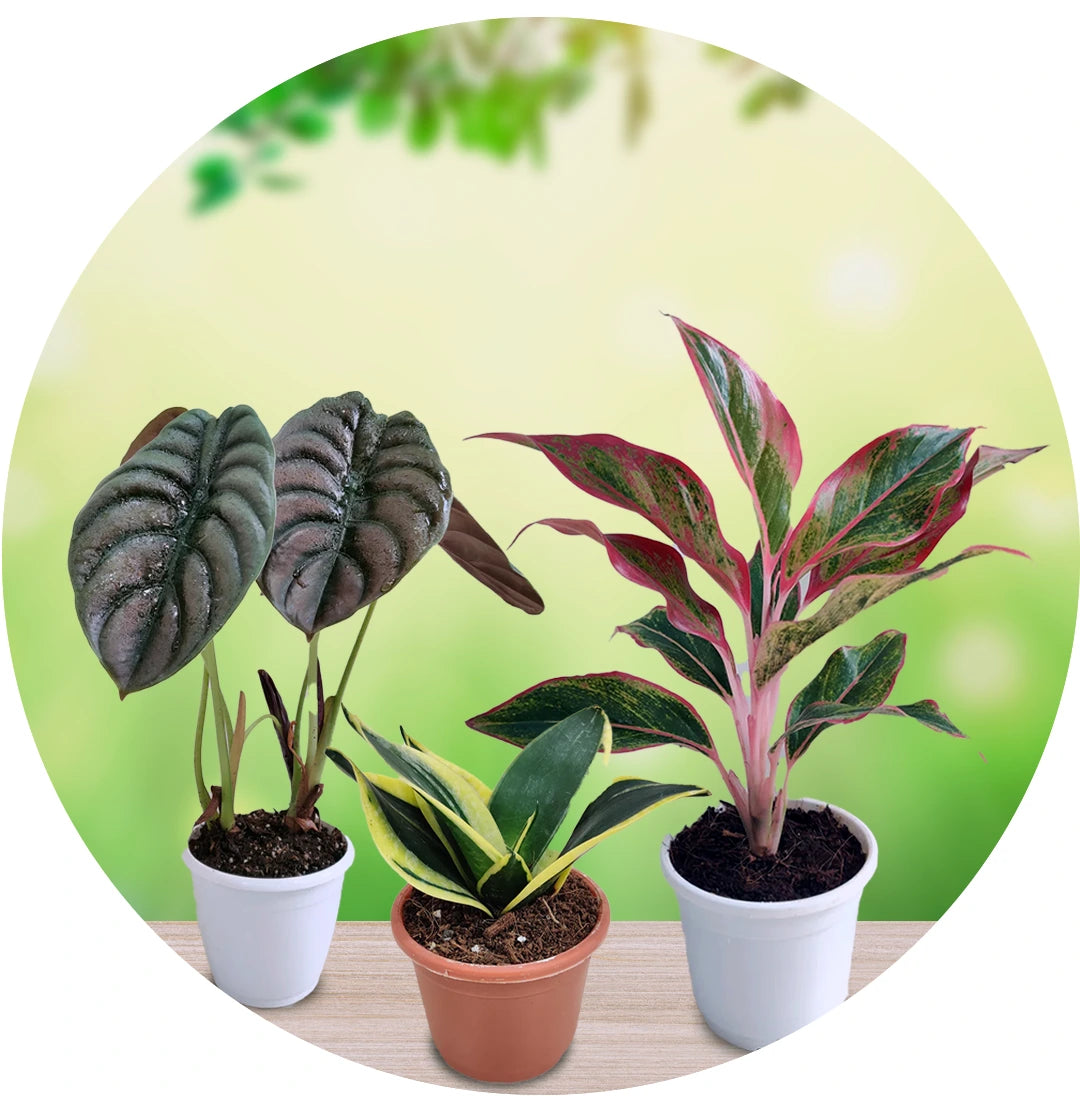
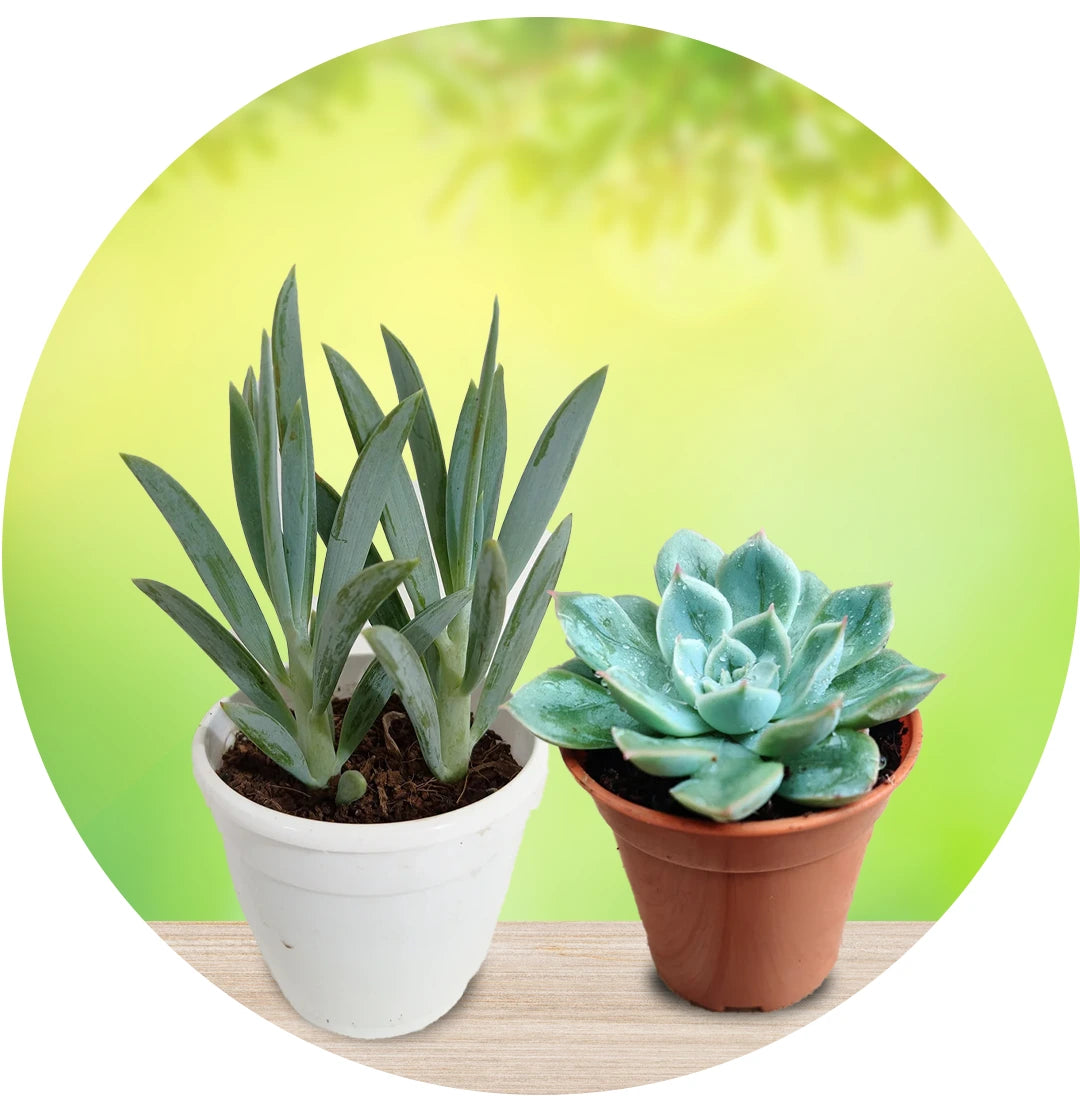
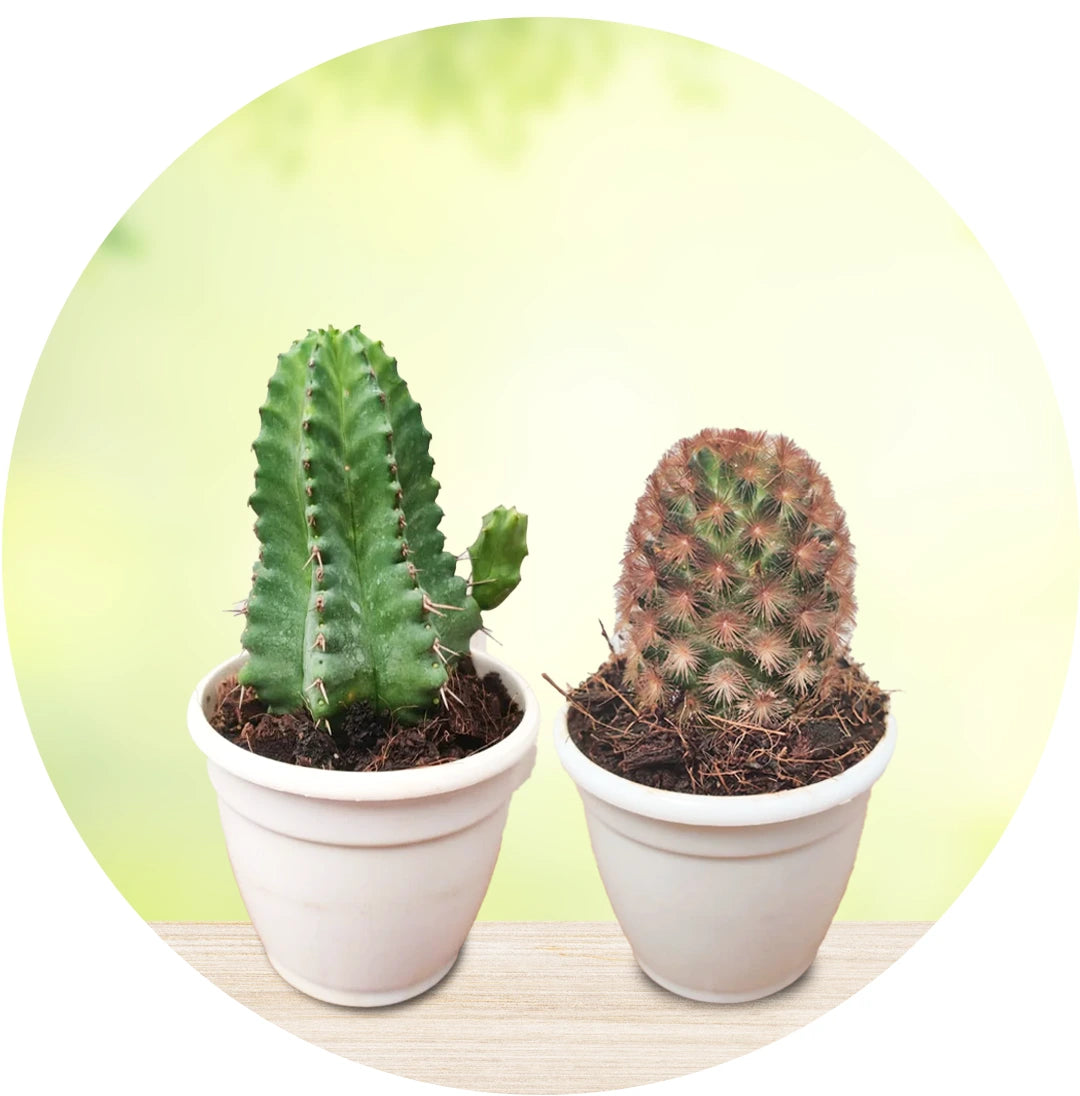
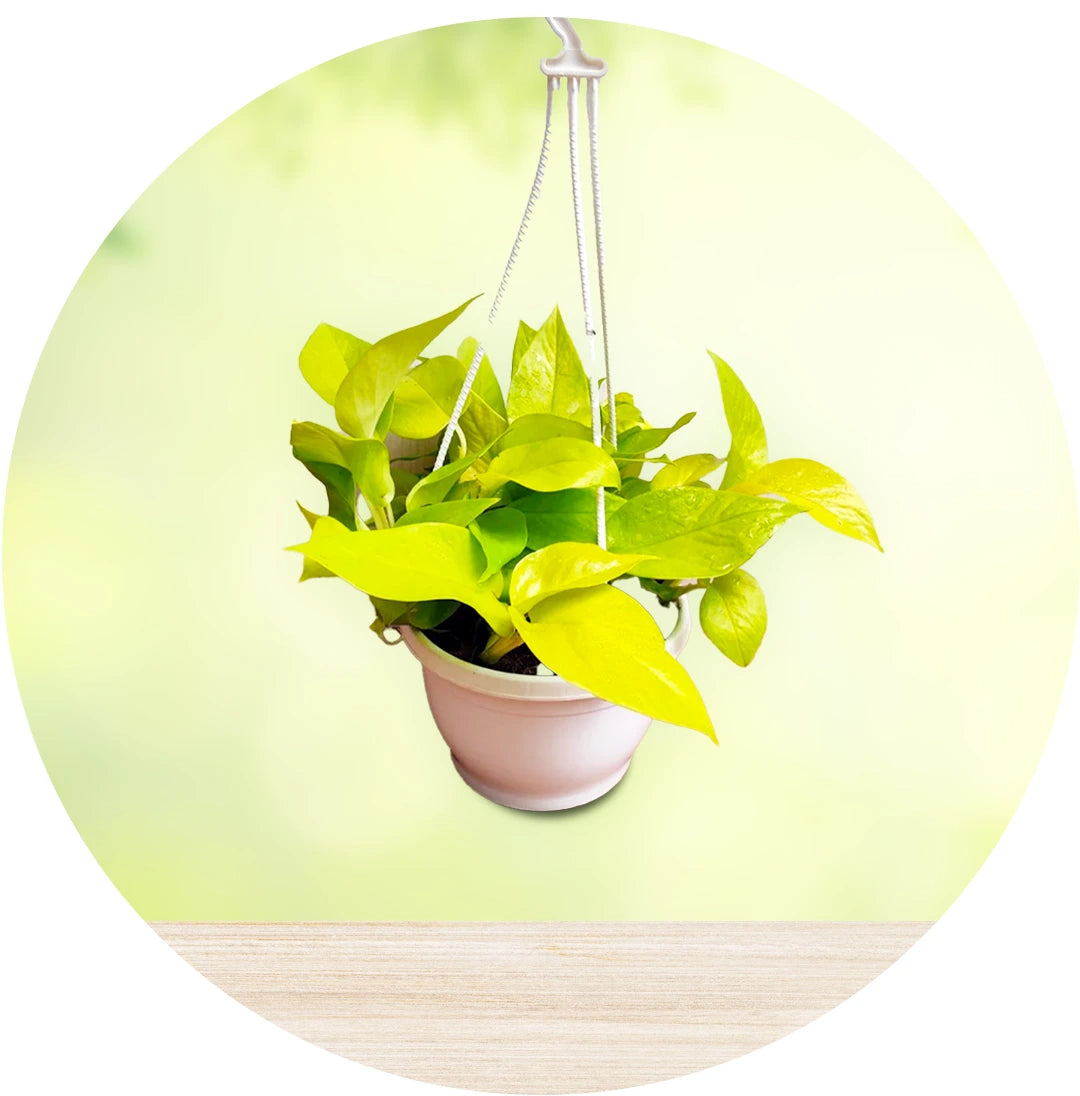
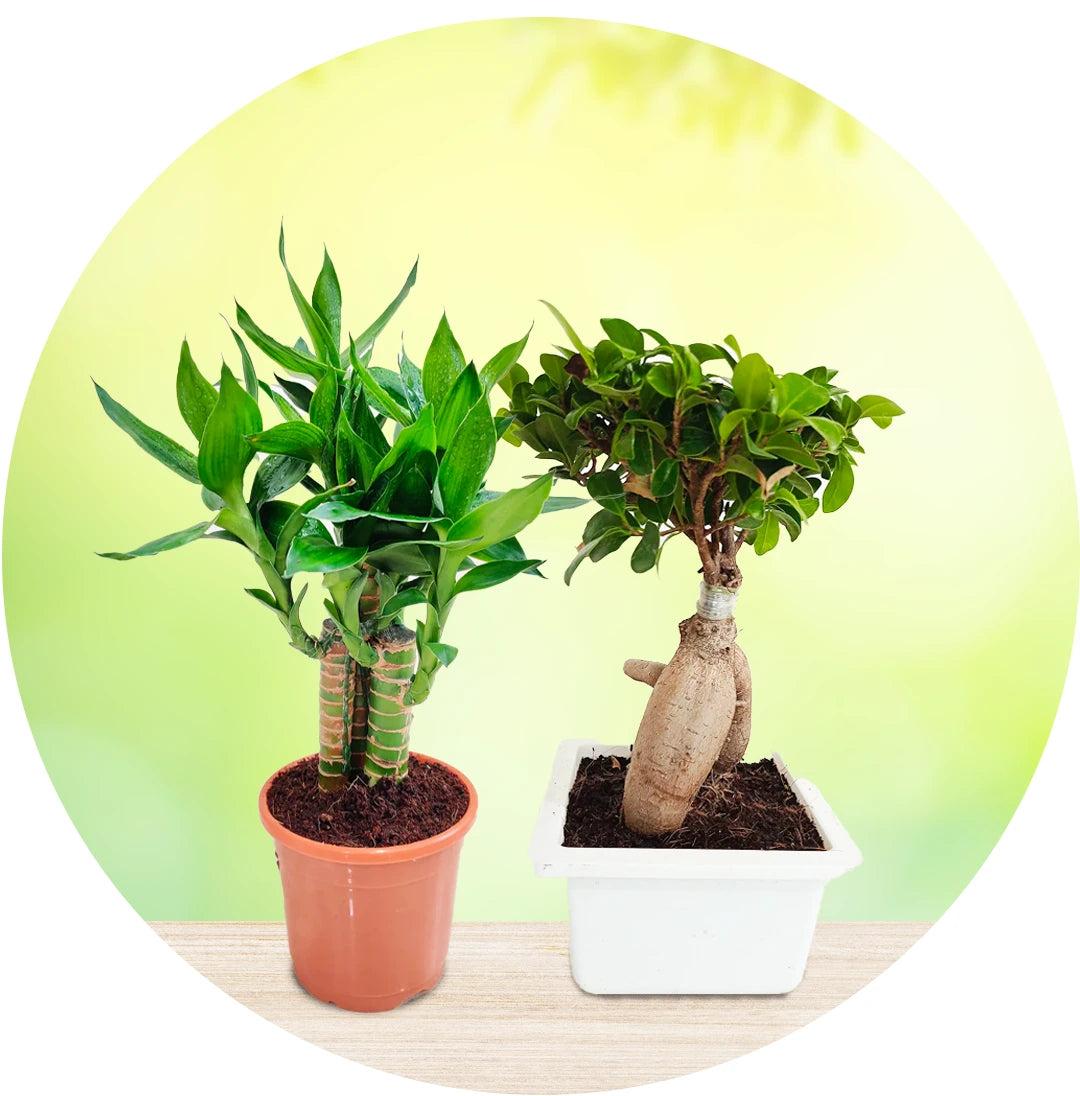
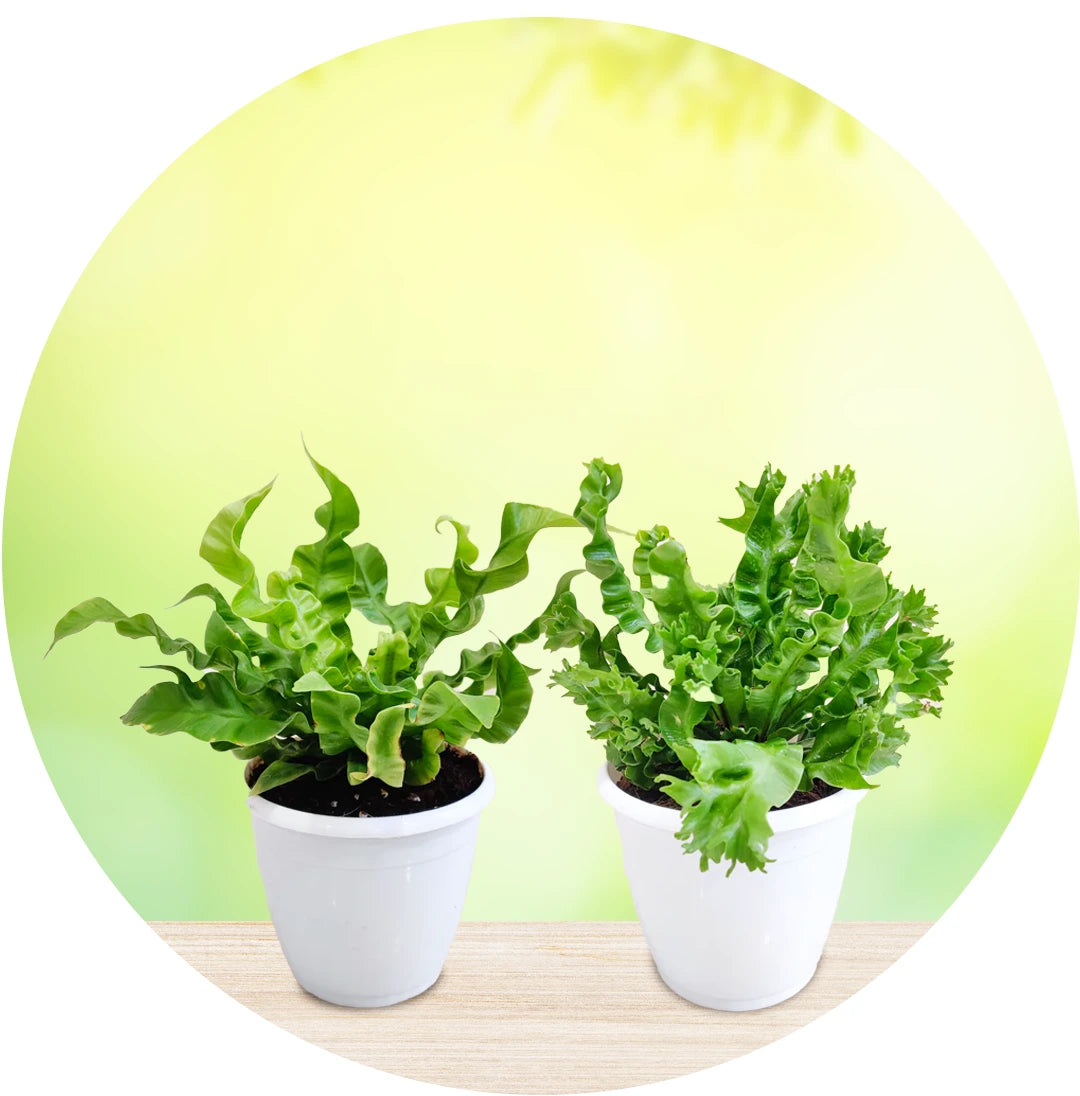
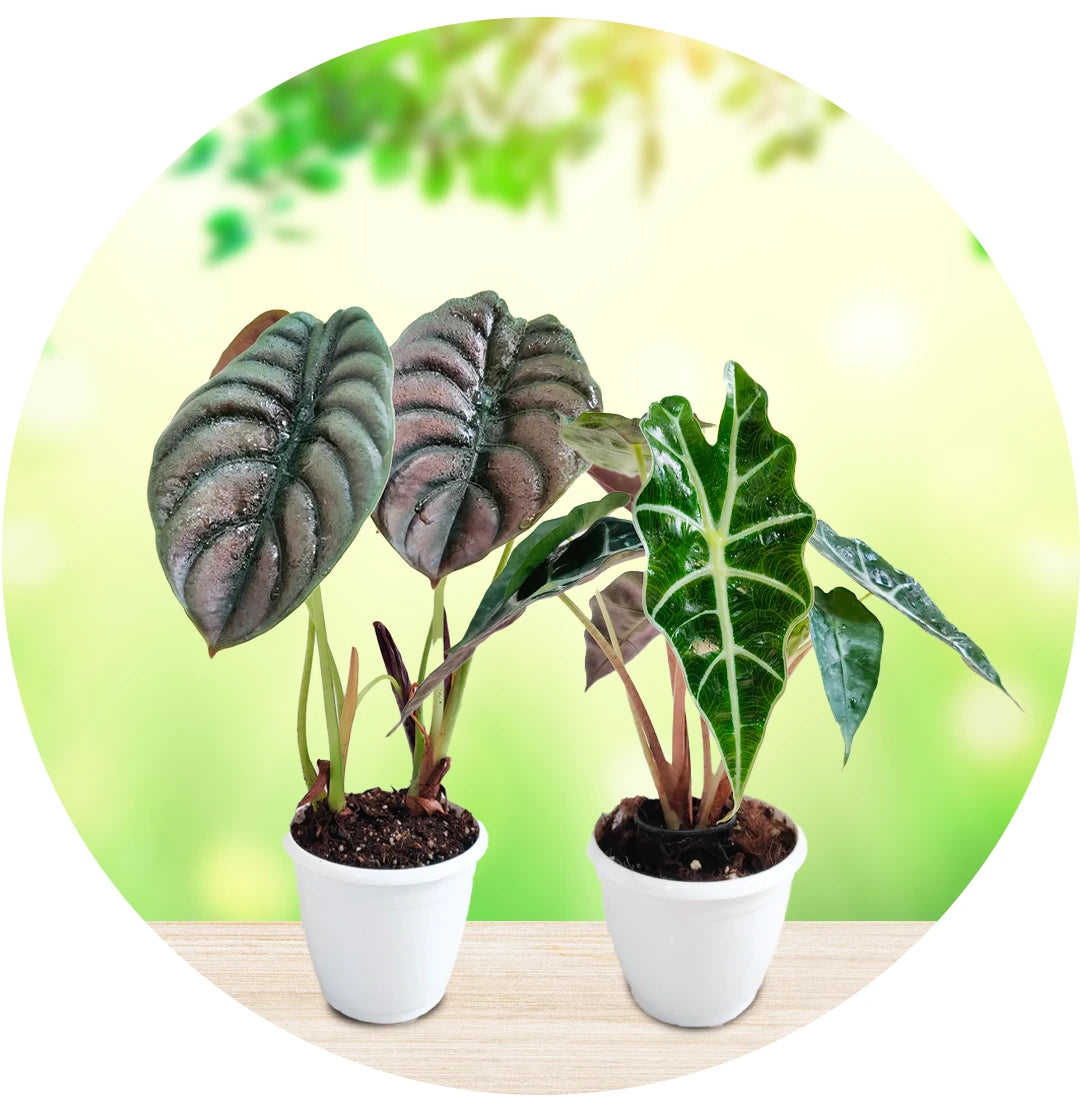
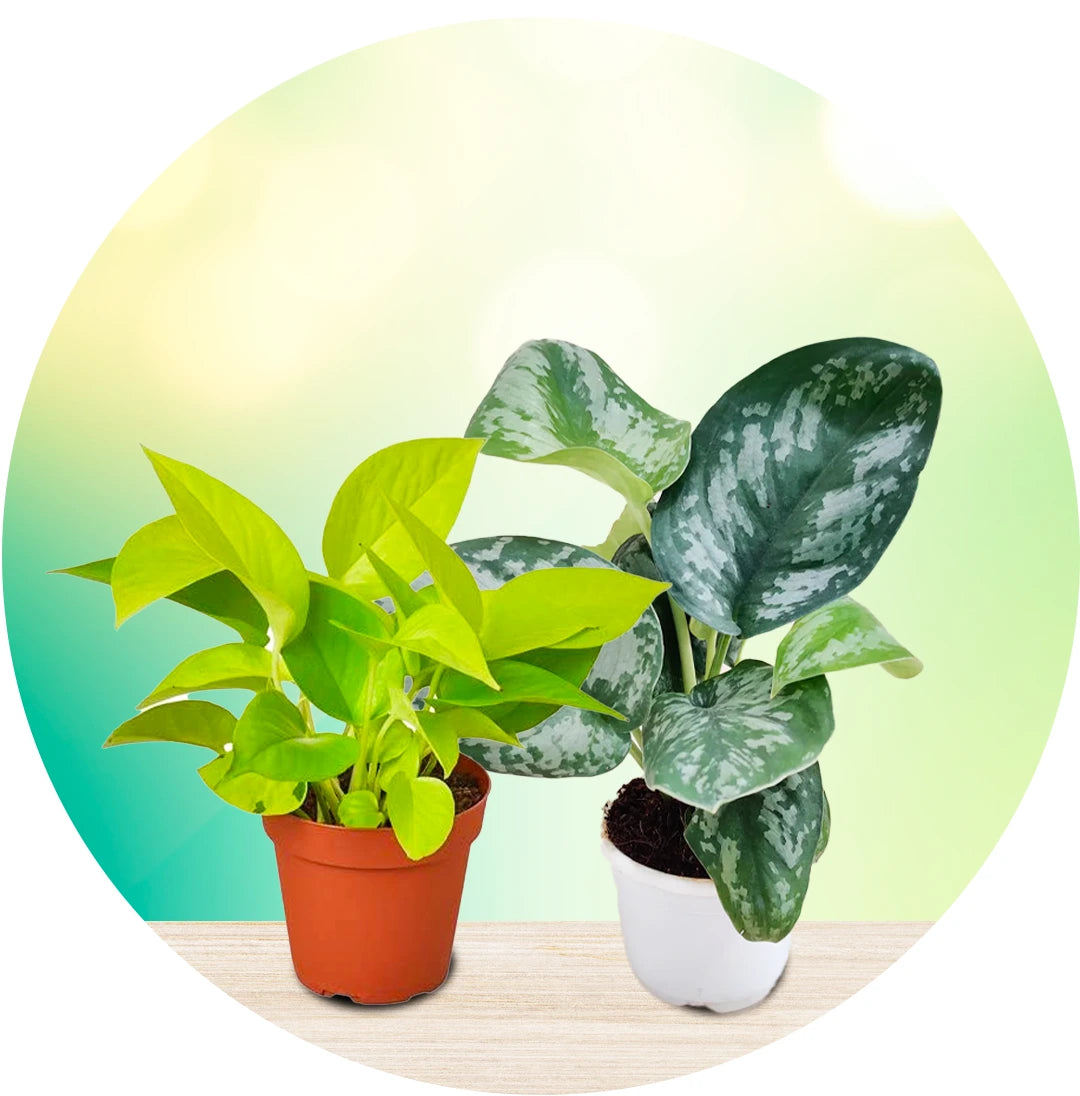
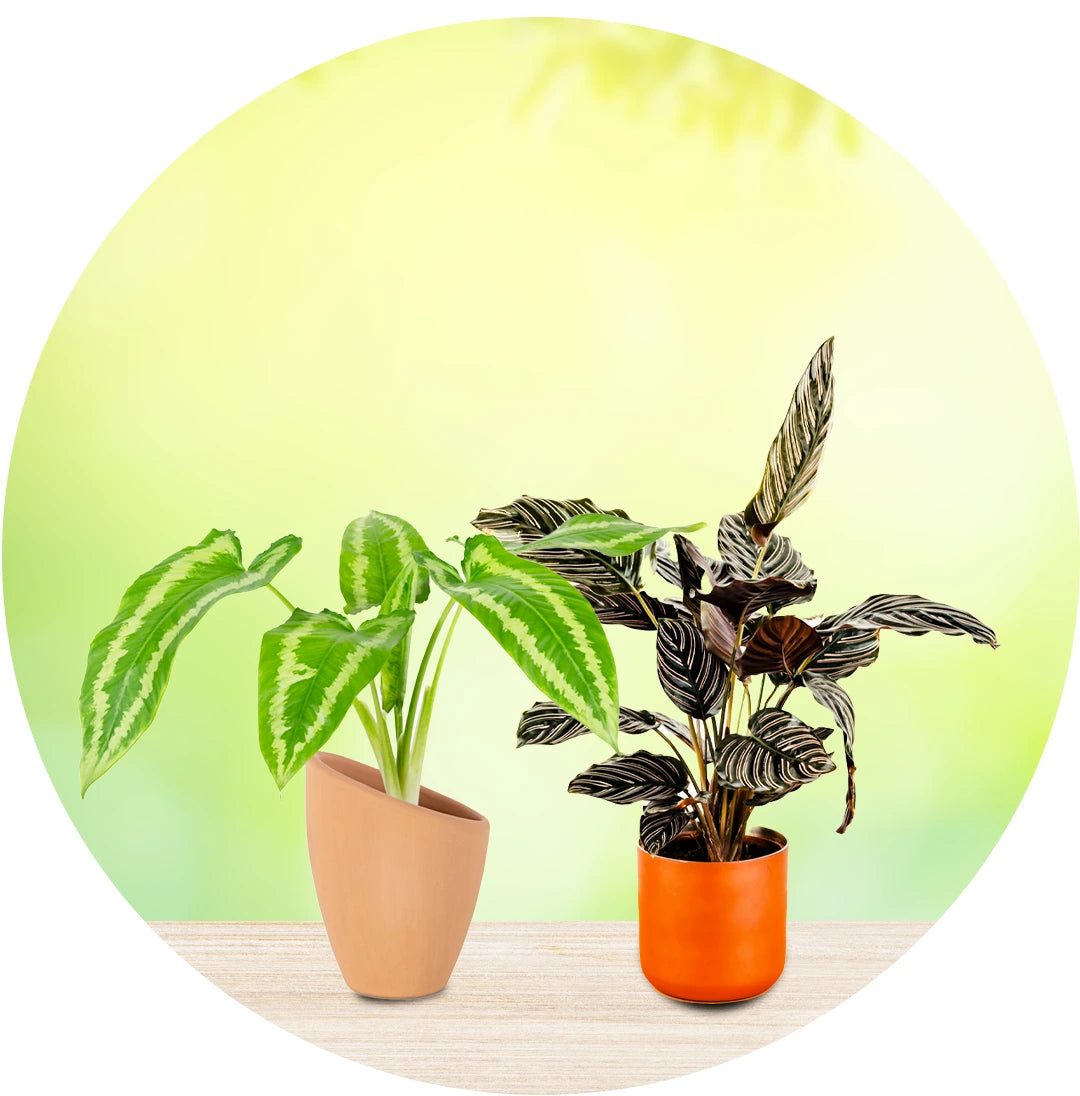
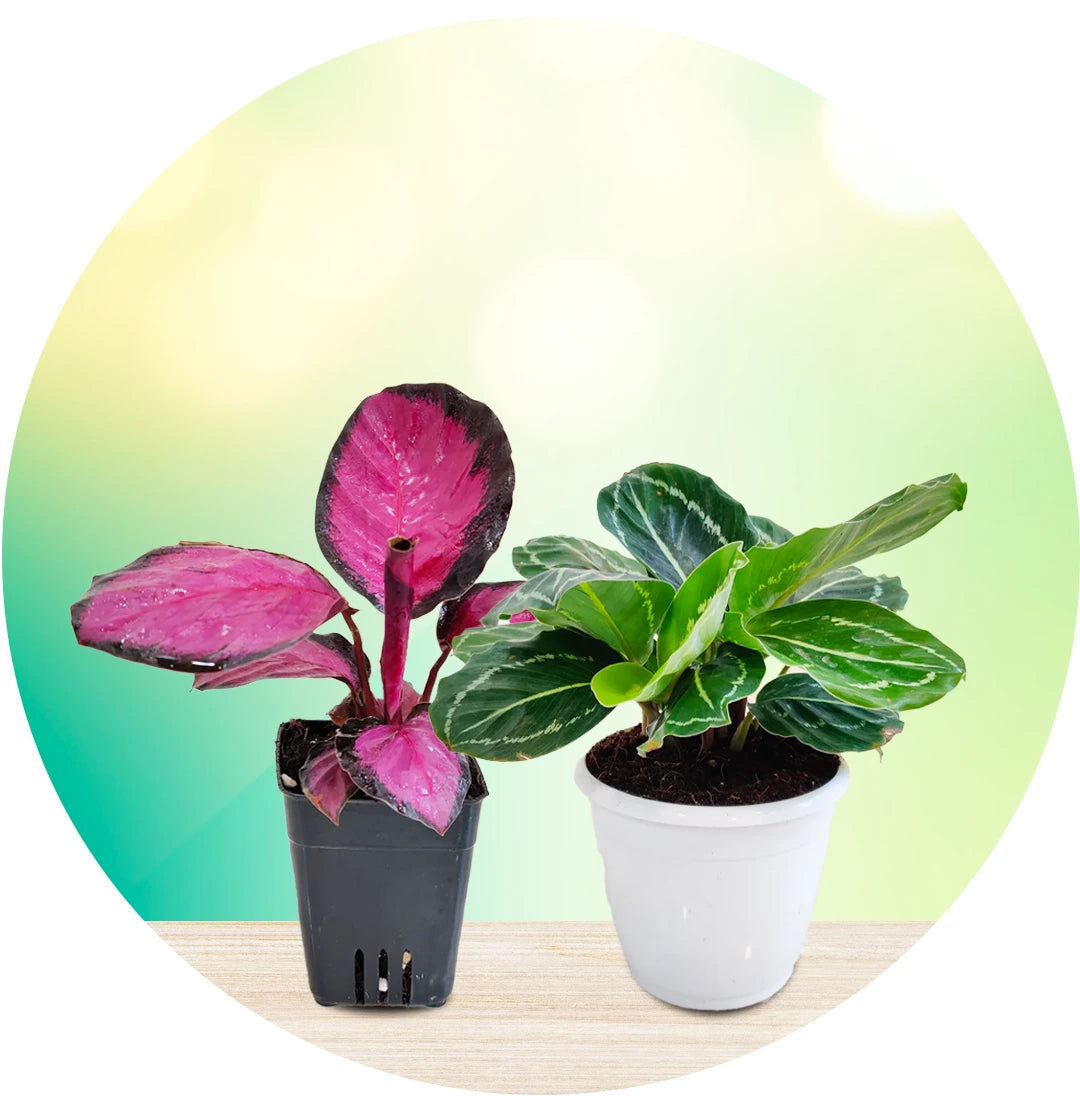
Leave a comment